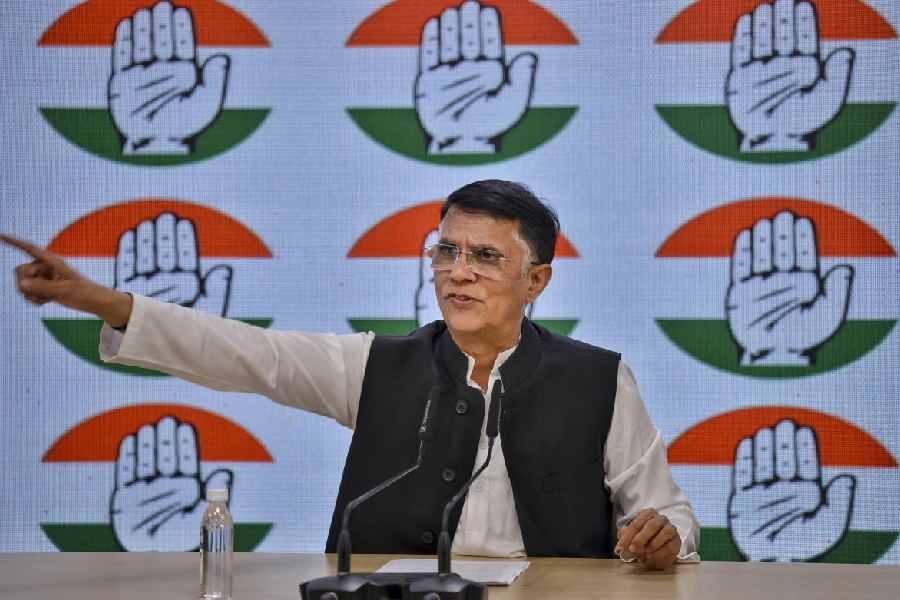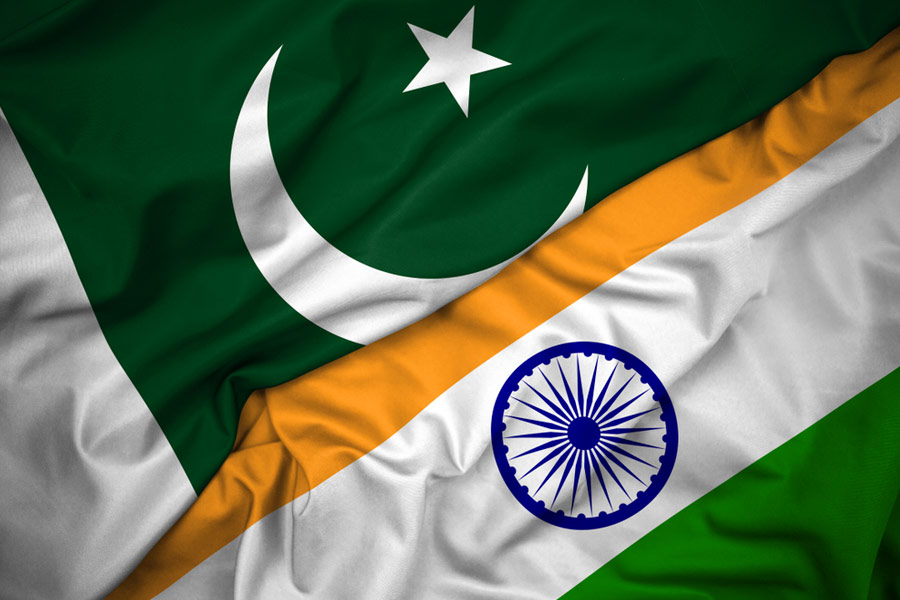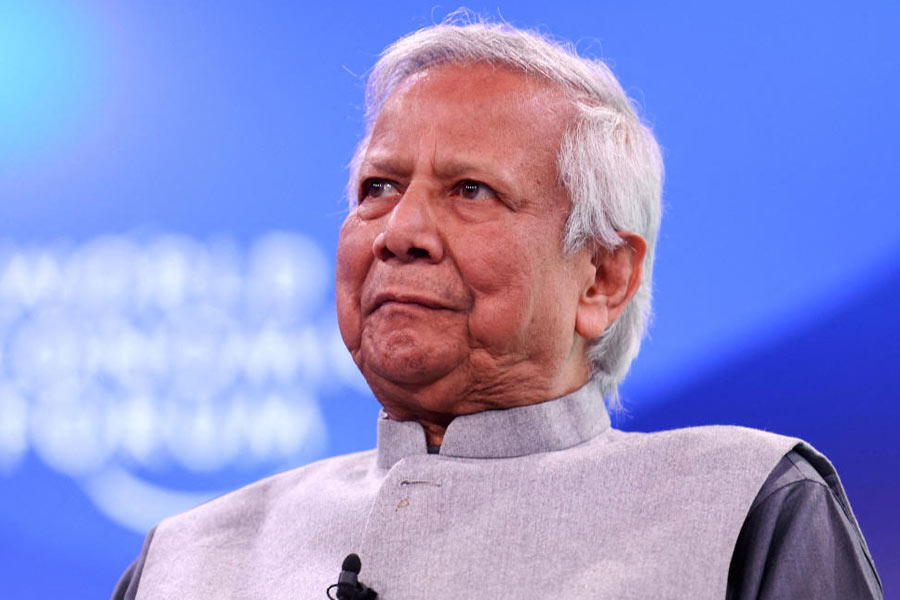
I brought the weather with me, but not in a good way,” quipped Amish the Mumbaikar, as he thanked his audience for braving flooded roads to gather at Mandarin, Taj Bengal, for the Calcutta launch of Scion of Ikshvaku on August 1. Sitting in conversation with writer-editor Anjum Katyal, partnered by Taj Bengal and t2, the bestselling writer delved into his unique world of mythological thrillers.
“All the books that I will ever write are linked in my mind. They all tell the tale of this great race of people called the Vedic people of our age, over a 9,000-year period, from the creation of their culture, more than 12,000 years ago, to the destruction of their culture, till the Mahabharata war. All my books tell the high points and the low points of this great race of people,” Amish said. He has left clues in his blockbuster Shiva Trilogy for all his subsequent books, including the Ram Chandra Series, of which Scion of Ikshvaku is the first.
Not just a common thread, all his books have a core philosophy. “At the root of the Shiva Trilogy is a discussion on what is evil. The answers aren’t simple. The core philosophy at the root of the Ram Chandra Series is a discussion on what is an ideal society. Again, the answers aren’t simple, because every choice that a society makes has benefits and challenges.”

His sheroes
Katyal pointed to the portrayal of female characters in his books, as fearless warriors, leaders, doctors, even a businesswoman. Amish said he feels strongly about this cause.
“I’d love to say that I am doing something new; I am not. In fact, in our ancient stories, this is the exact way women were portrayed. Thirty hymns in the Rig Veda have been written by rishikas. That was the status of women in those days…. We need to revive that!” he said, adding that he considers the oppression of women the biggest social problem we have today.
“I have done an analysis, there isn’t actually that much of religious violence in India. The real violence in India is the violence on women... 30 to 40 million girls have been killed in the last three decades in the womb. This is genocide. This is not an oppression the government is carrying out, this is an oppression our society is doing.”
He said he was trying to make a small contribution through his books. “This is not the first time Sita Ma has been shown as a warrior. There is a version of the Ramayana called Adbhut Ramayana, in which there are two Ravans. The main Ravan is killed by Sita Ma, when she takes her true form as Ma Kali.”
Epic truths
That brought us to the many versions of the epics in existence, a fact many of us often forget.
“I think Maharashtra northwards, the version of the Ramayana that most of us in India think is the Ramayana, is actually a 1980s television serial. In the original Valmiki Ramayana, there is no ‘lakshman rekha’. ‘Lakshman rekha’ is mentioned in the Ramcharitmanas, which is a 16th century modernisation of the original Valmiki Ramayana by Tulsidasji. The TV serial used the Ramcharitmanas as its source, which is why we know Sita Ma the way we do, because in the Ramcharitmanas, she is very docile. In Valmiki Ramayana, she is tough. She is not a warrior but she is tough.”
One of the key strengths of Indian culture, Amish feels, is that we have the ability to marry liberalism and religiosity. “We are willing to accept different interpretations of even our more sacred stories. What that does is it allows us to carry the best of old and add something of the new. So the Ramayana, Mahabharata, Puranas — these are true stories… they get modernised and localised again and again.”
The evening ended with a Q&A between Amish and his fans.











